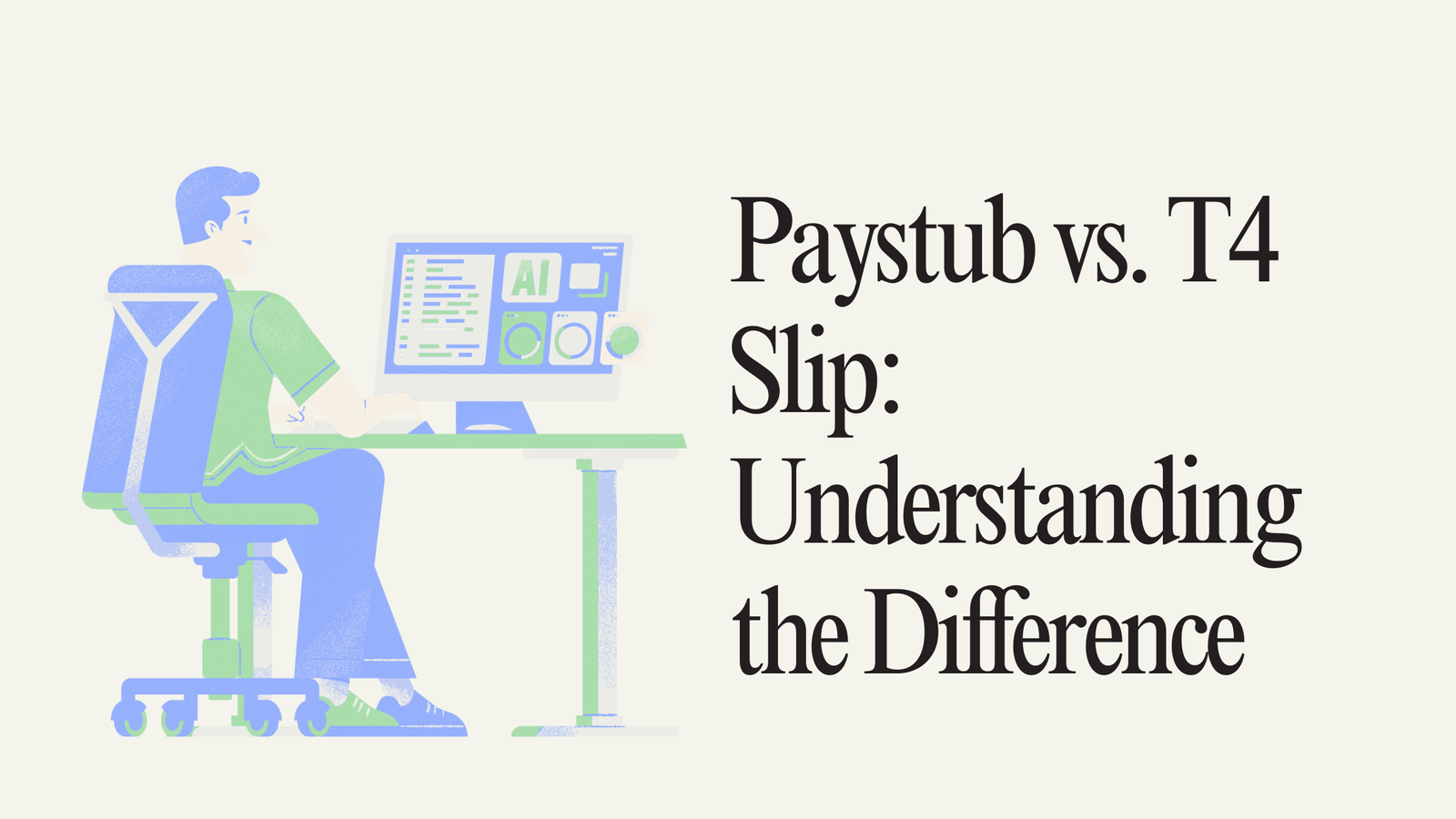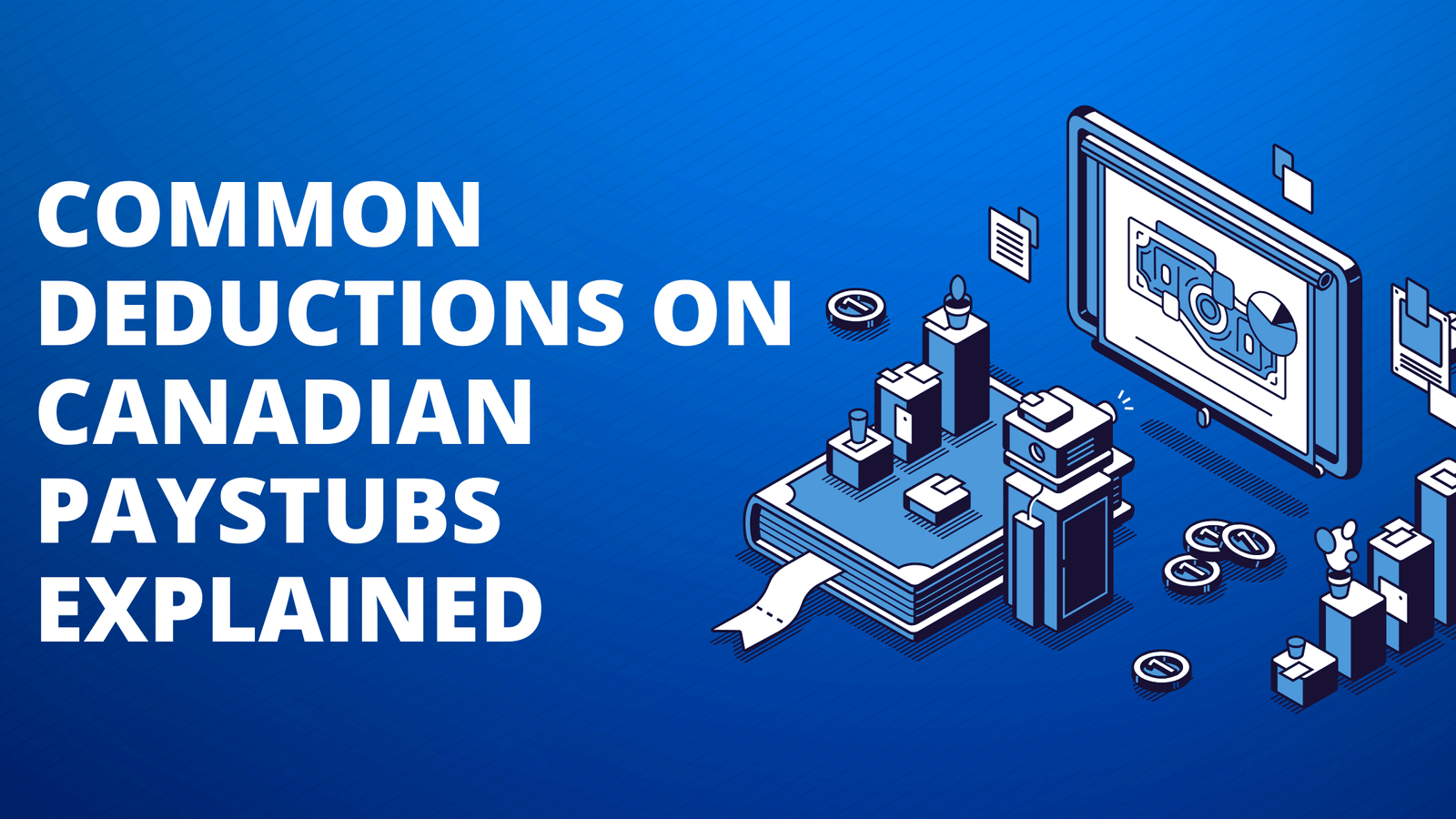Pay stub, pay slip, paycheck stub—these are all names for the same thing. When you issue paychecks to your employees, the pay stub is the document that details the specifics of their pay for that pay period.
While federal law does not require employers to give employees a pay stub, most states have laws requiring some form of written pay statement. And even then, if you’re in a state not required by law for business owners to make pay stubs, you’re still mandated by the Fair Labor Standards Act to keep track of hours worked by your employees.
Pay stubs are a record of the salary details and wage information for employees and self-employed workers, such as independent contractors or freelancers. It is important that you and your human resources team are aware of what is included in them and other requirements for pay stubs, from state laws and current tax laws, for tax filing or generating tax returns, Forms W-2 and 1099, or the like.
What Information Goes on a Pay Stub?
A pay stub includes the following:
- Employee information like name, social security number, and address
- Employer information, such as company name and address
- Dates of the pay period
- Employee pay rate
- Gross earnings
- Taxes withheld, like federal income tax
- Employee contributions like retirement plans
- Deductions like health insurance
- Net pay
Main Features:
Earnings Information:
- Gross wages
- Overtime pay
- Bonus
- Any other additional information
Deductions:
- Federal and provincial income taxes
- Employment Insurance Contributions
- Canada Pension Plan Contributions
- Other deductions
Net Pay:
- The amount that the employee takes home after all deductions.
Pay Period Information:
- Date of pay period
- Total hours worked
Year-To-Date Totals:
- Increasing totals for earnings, deductions, and net pay for the current year up to date on the pay stub.
T4 Slip:
A T4 slip is an annual tax document issued by employers to their employees in Canada. It actually summarizes the employee’s earnings and deductions throughout the calendar year.
Main Features:
Earnings Information:
- Total employment income for the year.
- Taxable benefits and allowances.
Deductions:
- Total federal and provincial income tax deducted
- Total EI Contributions.
- Total CPP Contributions.
- Other deductions.
Employer Information:
- Employer’s name and address.
- Employer’s business number.
Employee Information:
- Employee’s name and address.
- Employee’s Social Insurance Number.
The Main Difference:
Frequency:
- Paystub: Issued every pay period
- T4 Slip: Issued annually
Detail Level:
- Paystub: Detailed breakdown of a particular pay period’s earnings and deductions.
- T4 Slip: Summary of total earnings and deductions for the whole year.
Purpose:
- Paystub: Helps employees understand their pay and deductions for each pay period and manage their finances.
- T4 Slip: Required for tax filing purposes to report the total annual income and deductions to the CRA.
Conclusion
Both pay stubs and T4 slips are useful financial documents for employees. Pay stubs are regular, more detailed representations of earnings and deductions that facilitate the continuous management of employees’ finances. In contrast, T4 slips are important for yearly tax reporting since they summarize an employee’s total earnings and annual deductions. Understanding what separates these documents will ensure proper financial management and compliance with tax obligations.
FAQ's
What is a paystub, and what information does it include?
+
A paystub is a document provided with each paycheck detailing gross wages, deductions, net pay, hours worked, and pay period dates.
What is a T4 slip, and what is its purpose?
+
A T4 slip is an annual tax document issued by employers in Canada that summarizes an employee's total earnings and deductions for the year for tax filing purposes.
How often are paystubs and T4 slips issued?
+
Paystubs are issued with each paycheck, typically bi-weekly or monthly, while T4 slips are issued annually, usually by the end of February.
How do paystubs and T4 slips impact tax reporting?
+
Paystubs help employees track earnings and deductions throughout the year, while T4 slips provide the official summary needed for filing income tax returns with the CRA.





